Moon Monday #172: On Japan’s road to landing on Luna; mission updates, micro rovers, and more
Life update: This week I’m moving to Bengaluru, the space hub of India. Looking ahead, I’m excited to expand my space horizons and coverage by continually existing where the country’s space epicenter is.
Announcement: With no Moon missions launching this month, and no major updates expected from ongoing missions, I’ve decided to take the coming Monday off for Moon Monday to help make my move to another city less hectic. Fear not though, as today’s Moon Monday is packed with updates and esoteric details 🤓. And, of course, the Moon Monday of April 29 will cover all updates between now and then so you’ll miss nothing. One last thing: the next Indian Space Progress edition will be published as usual, around end of month.
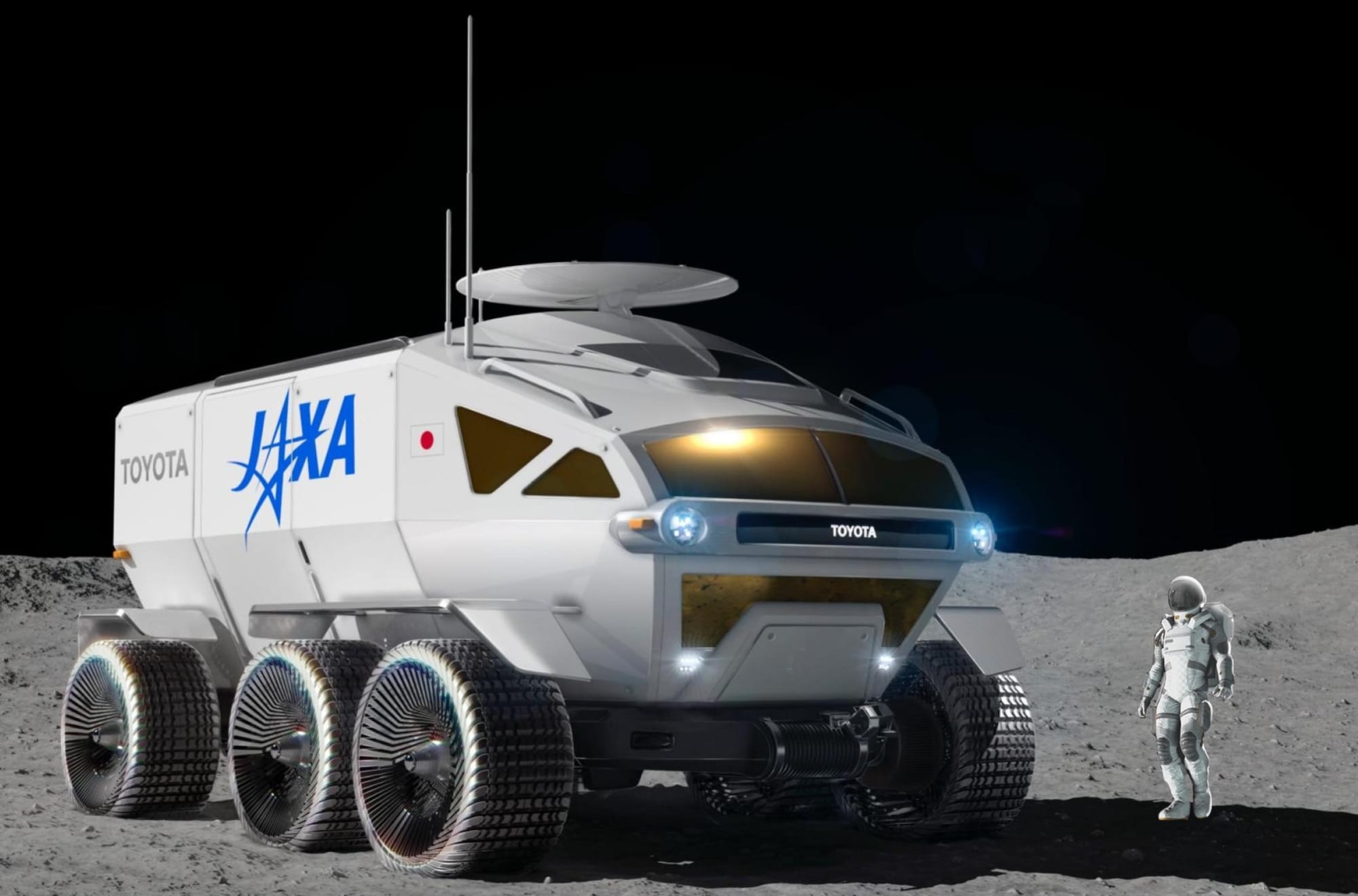
Two Japanese astronauts will land on the Moon via NASA Artemis
On April 10, the US and Japan jointly announced that NASA will land two Japanese astronauts on the Moon as part of Artemis missions in return for JAXA providing NASA with a pressurized, habitable rover. A crew of two can live inside the rover, without spacesuits, and explore the lunar surface for up to an amazing 30 days—down from the originally intended 42 though.
Per the implementing agreement, NASA will arrange for the rover’s launch and delivery to the Moon’s south pole. As Marcia Smith reported, this might be done using a cargo variant of either a SpaceX Starship crewed lander or Blue Origin’s Blue Moon. NASA currently plans to use the Japanese rover starting with Artemis VII, with an aim to deliver it in 2031. It’s an optimistic schedule considering that Artemis V is unlikely to fly before 2030. It’s possible a Japanese astronaut will land on Luna via Artemis V. While the joint announcement states “a Japanese national to be the first non-American astronaut to land on the Moon”, it conveniently ignores China’s plans to land two astronauts on Luna end of decade.
Note that the Japanese rover—built by Toyota, JAXA, and Mitsubishi—will be even more capable and versatile than the unpressurized Artemis Lunar Terrain Vehicle. Both rovers will serve NASA’s Artemis Base Camp plan, which aims to build the infrastructure necessary for at least a few astronauts to live long-term on Luna. Both rovers will be remotely operable from Earth, and have some autonomous capabilities too, so as to ensure efficient scientific use when crewed missions aren’t ongoing, which will be at least 11 months a year per current planning of Artemis missions.
In emergency situations, such as astronauts losing access to their surface habitat, the Japanese rover’s seven square meters of cabin space can accommodate four astronauts for short periods until their pickup from lunar orbit arrives. The Japan Times previously reported that the rover will use solar energy and water to produce hydrogen and oxygen through electrolysis during the day, and generate electricity using fuel cells at night. JAXA hopes to eventually use natively sourced lunar water and oxygen as supplies for the rover if feasible. We also know from JAXA’s presentation at the LEAG 2022 Annual Meeting that the rover can even enter small permanently shadowed regions if traverse routes involve slopes less than 20 degrees.
A collaborative Gateway
Atsushi Nakajima, Project Manager of the Space Systems Division at Mitsubishi Heavy Industries, says that work by Mitsubishi and Toyota in building JAXA’s upcoming LUPEX lunar rover, combined with engineering and scientific data from the mission, will contribute directly to the development of Japan’s pressurized rover for Artemis. JAXA has partnered with ISRO to land LUPEX by end of decade to directly study the nature, abundance, and accessibility of water ice at 89°S. Seeing that both Japan and India have signed the US-led Artemis Accords for cooperative lunar exploration, it’s great to see some of its virtues in action with these positive US-Japan, Japan-India, and India-US collaborations.
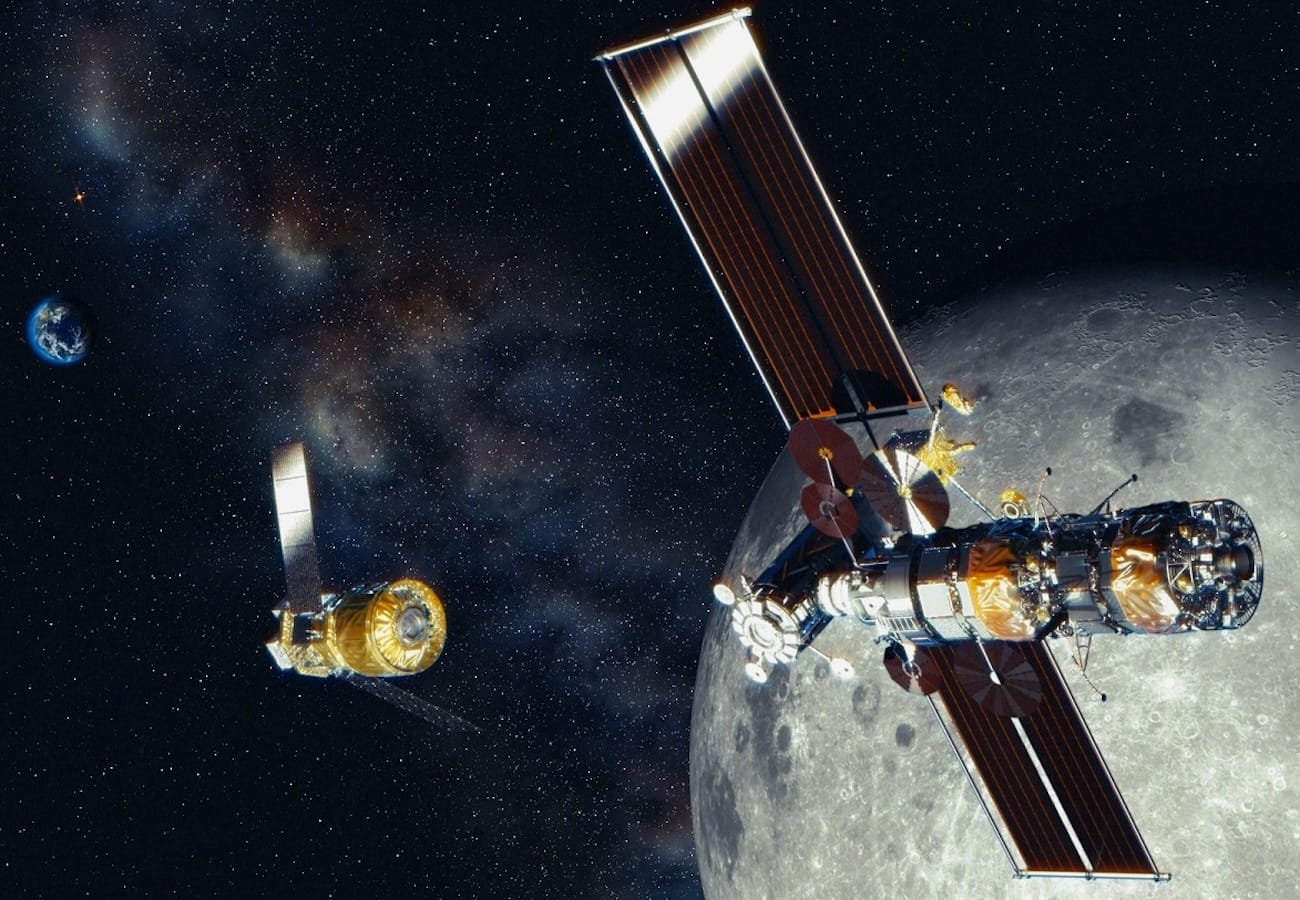
With the crewed, pressurized lunar rover, Japan has doubled down on its strategy to be a critical logistical supplier for NASA’s Artemis program. Previously, Japan got an astronaut seat aboard the upcoming NASA-led Gateway lunar orbital habitat in return for JAXA providing critical life support systems and infrastructure components for the station’s Lunar I-Hab crew module. Japan is also developing the advanced HTV-X(G) spacecraft to supply cargo to the Gateway starting 2030. These capabilities will allow the Gateway to sustain crewed and uncrewed operations for long periods. In February 2023, JAXA recruited two new astronaut candidates, one of which could fly to the Gateway.
It’s intriguing though that ESA hasn’t already secured a single Artemis seat for a European astronaut to land on the Moon. That’s despite the agency having bagged three seats from NASA aboard the Gateway in return for contributing the Orion spacecraft’s critical service module, major parts of the Lunar I-Hab, the Lunar Link communications module, and the Lunar View refueling and cargo module!
Queqiao 2 ready to serve spacecraft at Luna
China announced that it successfully tested relaying communications between its Queqiao 2 lunar orbiter, launched last month, and the Chang’e 4 spacecraft lying on the Moon’s farside on April 6. Two days later, CNSA tested communications between Queqiao 2 and the currently Earthbound Chang’e 6 spacecraft, which China aims to launch on a Long March 5 rocket this May to bring about two kilograms of samples from the Apollo impact crater on the Moon’s farside. These samples should be scientifically even more valuable than the Chang’e 5 samples as it would be our first tactile window into our Moon’s mysterious farside.
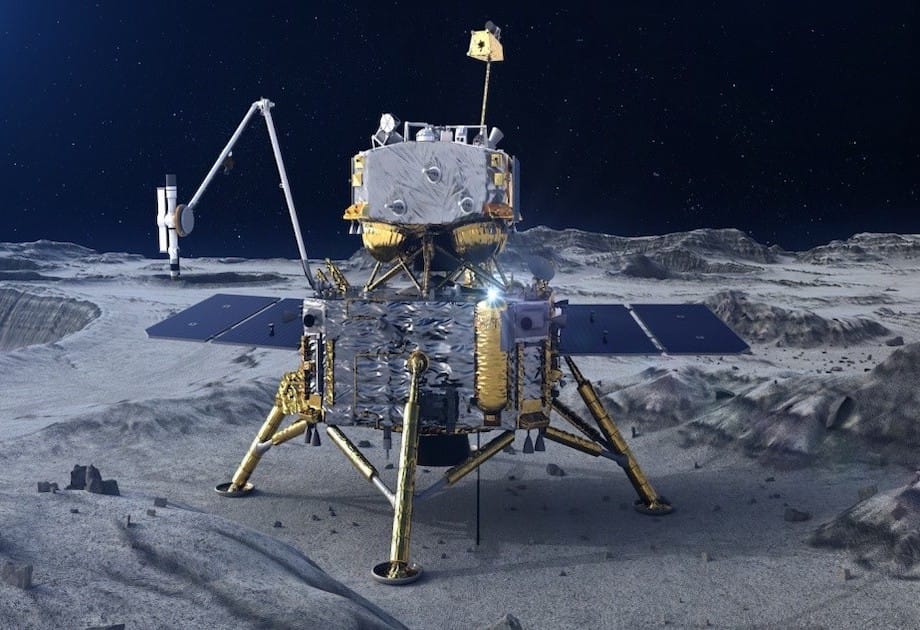
Relatedly, Ling Xin reports that CNSA has invited 10 scientists from the US, Europe, and Asia to pitch their plans to study Chang’e 5 lunar samples on April 26. For the US, this opportunity comes shortly after NASA secured an exception from the Congress for US researchers to be able to apply for accessing China-brought lunar samples and get associated grants. The US scientists presenting their pitches on April 26 include lunar geochemist and Apollo sample curator Ryan Zeigler.
Many thanks to Epsilon3 for sponsoring this week’s Moon Monday. If you love this community resource too, join them!
A micro rover for the Moon passes terrestrial tests
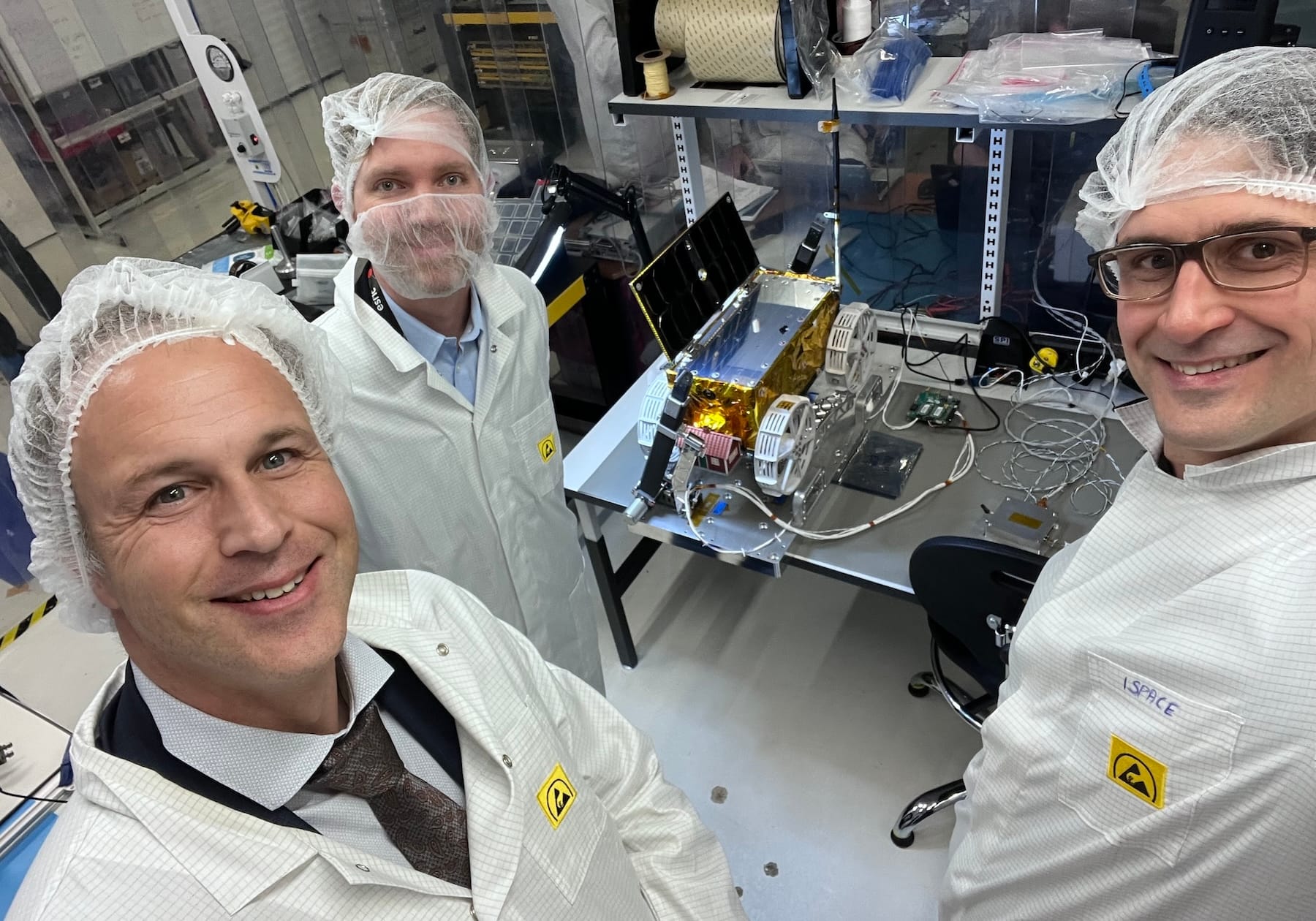
ispace Europe says it completed environmental testing of the qualification model of its micro rover, the flight model of which will be aboard ispace Japan’s second Moon mission launching end of 2024. With drive tests on simulated lunar terrain beds also previously done, the rover team will now build and test the flight model while ispace’s spacecraft integration team in Japan practice the rover’s integration into the lander using the qualification model.
The 5-kilogram micro-rover will explore the Moon’s surface with an HD camera on the both its front and back. The rover will also have a back-mounted shovel from Epiroc AB, using which it will collect lunar soil and transfer its ownership to NASA as part of the latter’s move to set precedence for future resource use under the US-led Artemis Accords. ispace Europe is developing the micro rover with funding aid from the Luxembourg Space Agency under an ESA contract.
Astrobotic to fly CubeRover on Griffin after all
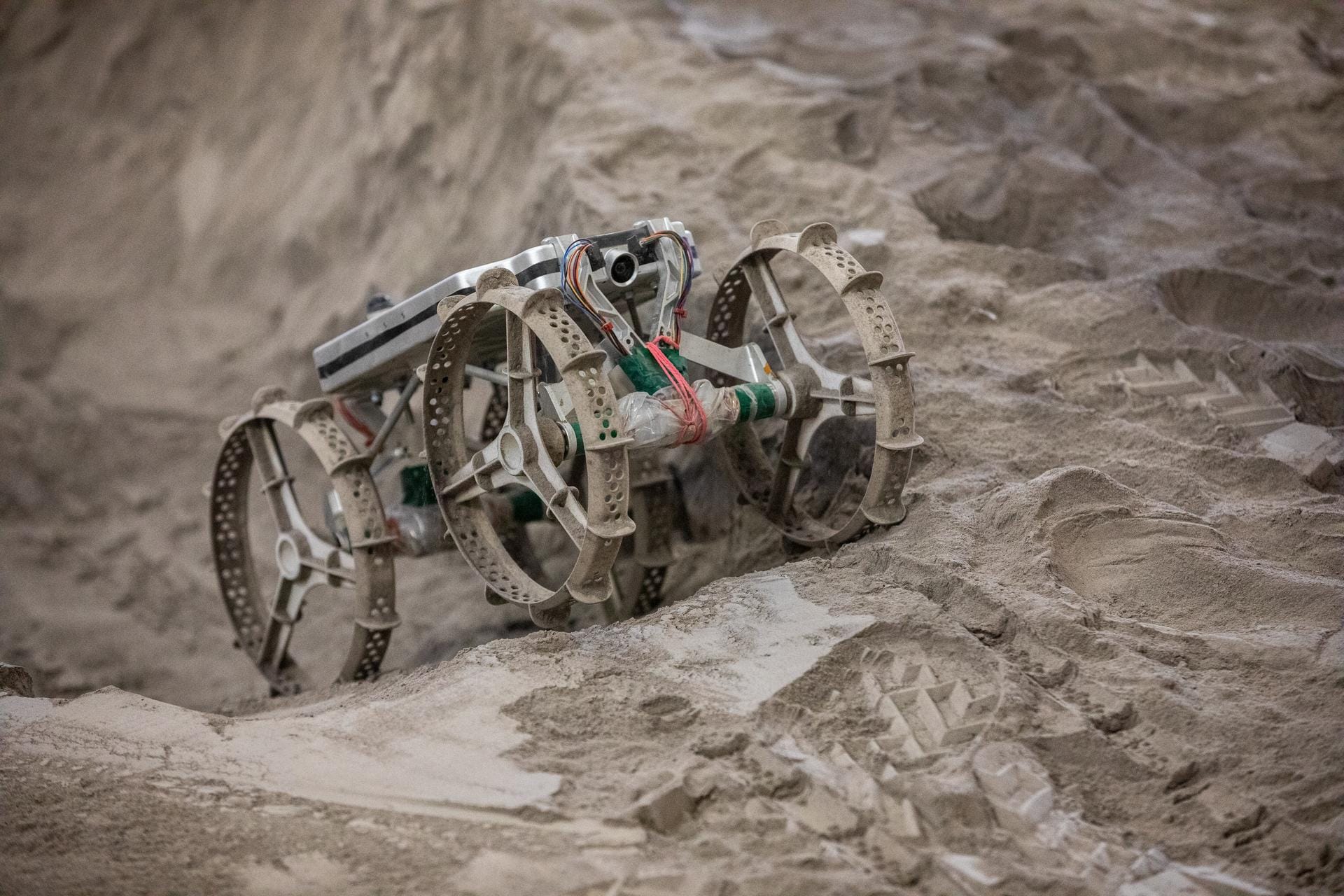
Speaking of micro rovers, Astrobotic—which was originally supposed to fly its versatile CubeRover on a Masten Space lander as part of NASA’s CLPS program—indirectly announced that the rover will fly on its own Griffin CLPS lander, whose primary task is to deliver NASA’s water-ice studying VIPER rover to the lunar south pole. While NASA and Astrobotic have been targeting the mission’s launch in November 2024, Astrobotic’s failed first lunar mission in January will certainly induce delays, and very likely more tests and associated costs/funds.
Recall that following Masten’s Chapter 11 bankruptcy filing in September 2022, its CLPS mission came to an end. Shortly after, Astrobotic acquired Masten Space, including much of its space technology portfolio for $4.5 million. Debra Needham, Program Scientist at NASA’s Exploration Science Strategy and Integration Office, said at the 2023 annual LEAG meeting in September that the agency plans to “strategically manifest payloads” from Masten’s mission onto other landers as feasible. There haven’t been any updates on that front thus far. But Astrobotic appears to have more liberty in manifesting its CubeRover, which is not a NASA payload in itself but is backed by NASA funding and has an agency-funded neutron spectrometer onboard.
In any case, Astrobotic’s announcement says the rover will be jointly operated with Canada-based Mission Control, who is providing the rover with its Spacefarer software platform, which uses autonomous feature detection and other smarts to enable faster commanding, drives, and data collection. Recall that Mission Control already flew an earlier version of this system for $3 million on UAE’s Rashid rover aboard ispace Japan’s first lunar lander, which though unfortunately crashed on Luna. These projects got funded through CSA’s LEAP initiative, which is investing CAD $150 million in lunar exploration over 5 years. Recently, CSA funded Mission Control with CAD $3.5 million for demonstrating classifying terrain features with an onboard AI system, which is likely where the Astrobotic partnership comes in.
On Astrobotic’s end, the CubeRover mission is critical to get right. NASA is awarding Astrobotic with $34.6 million to demonstrate power transmission, and one other award for lunar night survival, on future Moon missions.
More Moon
- NASA has started pre-launch testing the Orion spacecraft stack which will carry four astronauts around the Moon and back no earlier than September 2025 for the agency’s Artemis II mission. For better testing, NASA re-activated an Apollo-era facility, which will simulate vacuum environments for a wide range of altitudes to increase confidence in Orion for the crewed flight.
- For astronauts to get a sense of how it will be like to live on the Gateway later this decade, and for project designers to better cater to the needs of astronauts, teams are now testing various setups of astronaut living quarter beginning with moving around in low-fidelity, life-sized mockups and performing tasks in virtual reality.
- I had the opportunity to help explain a wider audience why the US White House recently asked NASA to create an independent time standard for the Moon; got quoted on the Indian Express to that end. ⏳... ⌛️ ... 🌙
- Job listing: The Swedish Institute of Space Physics is hiring a postdoctoral researcher to work on how the solar wind interacts with the lunar exosphere, using particle data analysis from lunar landers and orbiters.
